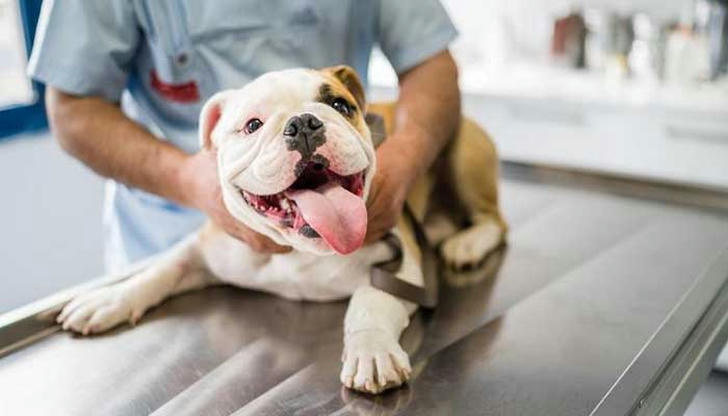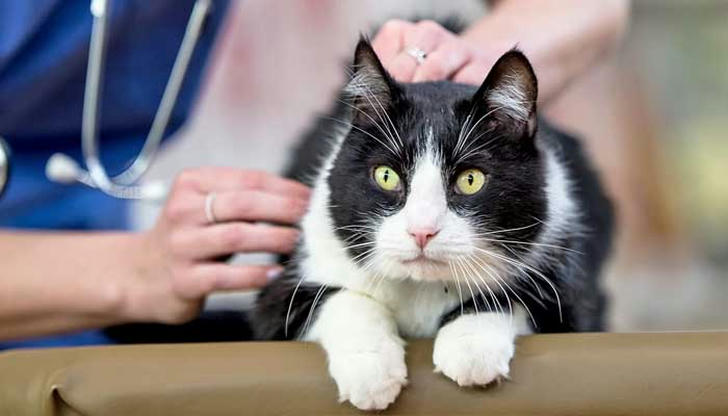Vet Insurance Acceptance: A Guide for Pet Owners

As the number of pet owners goes up, so does the focus on giving their furry friends the best care possible. Vet care costs can go out the window just like human health costs do in emergencies or long-term health needs. This is where pet insurance comes in handy to secure those financial relief moments when the pet needs it.
However, not all vets accept insurance and some do require or specify certain things. Knowing how to find a vet that accepts insurance and negotiating acceptance of one at the vet will save you time, stress, and money.
Do All Vets Take Pet Insurance?

Not all veterinary clinics accept pet insurance. Some may not even be aware of how it works. Especially with more significant clinics and those within a metropolitan center, smaller or more rural practices are unlikely to offer insurance-related services. Even in those cases, the type of insurance they will accept varies greatly. Some vets only work with specific insurance companies, and sometimes others might only accept reimbursement policies, meaning you pay them upfront and they submit the claim.
How to Find Vets That Accept Insurance

It's easier than you think to find a vet that accepts your pet insurance, should you know where to look. Here is how to get started:
1. Start with Your Insurance Provider:
One of the easiest ways to find a vet who accepts insurance is to talk to your insurer. Most pet insurance companies maintain online directories or have customer support services that can give you a list of participating vets in your area. Be sure to review your policy to see if you're covered at a reduced rate under an in-network or preferred provider.
2. Inquire During Your Search for Veterinarians:
When researching vets, whether online or by word of mouth, always ask if they accept insurance. Some vets may be happy to work with your provider, but it’s important to verify upfront. Don’t just ask if they “accept insurance” — be specific about the insurer and whether they handle the claims directly or if you’ll need to pay upfront and file the claim yourself.
3. Online Platforms and Tools:
Use websites like Petdesk or apps like Pawlicy Advisor to search by location and have results filtered by those accepting specific pet insurance plans. Such tools save you lots of time and effort, helping you quickly find a vet that aligns with your insurance needs.
4. Ask Other Sources for Recommendations:
Word of mouth can be one of the most reliable ways to find a vet that accepts insurance. If you’re part of any local pet owner communities or social media groups, reach out and ask others for their experiences with vets and insurance. Personal referrals can provide valuable insights into how a vet handles insurance claims and if their policies are straightforward.
Vet Insurance Acceptance

Once you've identified a few vets that accept insurance, it's worth learning more about how the acceptance of insurance in practice works. Here's what you should know:
Vet Insurance Operations
Reimbursement model: Pet owners usually advance the vet and then submit a claim for reimbursement.
Direct billing model: Some vets will send their invoices directly to the insurance company. The owner is not out of pocket at the time of the service.
Not all vets do direct billing: Some may only take insurance for particular procedures.
Types of Insurance Accepted:
Limited providers: Some vets work only with popular providers (e.g., Trupanion, Petplan, Healthy Paws).
Variety of insurers: Other vets may accept a wider range of pet insurance companies.
Check for compatibility: Confirm that the vet accepts your specific insurance plan, especially if it's a less common provider.
Pre-Authorization and Billing:
Pre-authorization: Vets may require approval from your insurer before performing certain procedures or treatments.
Upfront payment: Some vets ask for full payment upfront and leave the reimbursement process to you.
Direct billing: Other vets will bill the insurer directly on your behalf.
Clarify billing practices: Always verify the vet's billing process to avoid unexpected costs.
Potential Limitations:
Exclusions: Insurance may not cover pre-existing conditions, routine care, or vaccinations.
Limited coverage: Certain treatments, like dental care or behavioral therapy, may not be fully covered.
Understand your policy: Check with your insurer and vet about specific coverage details and exclusions to avoid surprises.
Tips for Pet Owners Navigating Vet Insurance

To make the process go smoothly there are a few things to remember:
• Be sure to check the vet's insurance coverage and acceptance before making an appointment, and don't be surprised about anything that comes up later.
• Maintain adequate records about all visits and treatments. This will enable you to process claims from your insurance providers properly so that you receive adequate payment.
• As your pet ages or develops chronic health conditions, review and renew your policy annually to ensure it still meets all your needs.
Conclusion
Accepting vet insurance saves pet owners lots of time and money while eradicating frustration. Not all vets are covered by vet insurance, and different providers will have different policies. Research the vets dealing with your insurer, ask the proper questions, and understand how the claims process works to make sure that your pet receives the finest care without the financial burden. When it comes to being a pet owner new or old, information is power, helping one make the most of the policies put out for pet health and wallet maintenance.
